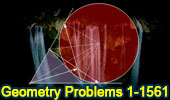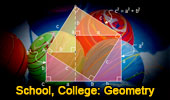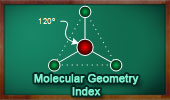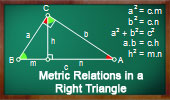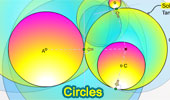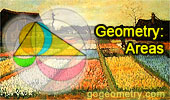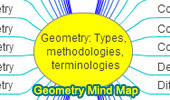|
Unlock Your Mind's Potential with Geometry Education: Learn Critical Thinking, Spatial Awareness, and Problem-Solving Skills!
Geometry education is the branch of mathematics that deals with the study of spatial relationships and shapes. It involves learning about the properties, measurements, and relationships of points, lines, angles, surfaces, and solids. Geometry education typically begins in elementary school and continues through middle and high school. Students are introduced to basic geometric concepts, such as points, lines, angles, and shapes, and they learn how to identify and classify them. In middle school, students typically learn about more complex geometric concepts, such as congruence, similarity, and transformations. They also learn how to calculate the perimeter, area, and volume of various geometric shapes. In high school, geometry education becomes more advanced and abstract. Students learn about topics such as trigonometry, analytic geometry, and non-Euclidean geometries. They also develop problem-solving skills and learn how to apply geometric concepts to real-world situations. Geometry education is important because it helps students develop critical thinking skills, logical reasoning, and spatial awareness. These skills are useful in many areas of life, including science, engineering, architecture, and art.
Education
In its broad sense, education refers to any act or experience that has a formative effect on the mind, character, or physical ability of an individual...In its technical sense education is the process by which society, through schools, colleges, universities, and other institutions, deliberately transmits its cultural heritage--its accumulated knowledge, values, and skills--from one generation to another. George F. Kneller, Introduction to the Philosophy of Education (New York: John Wiley and Sons, 1971.) |
Recent Additions
|


